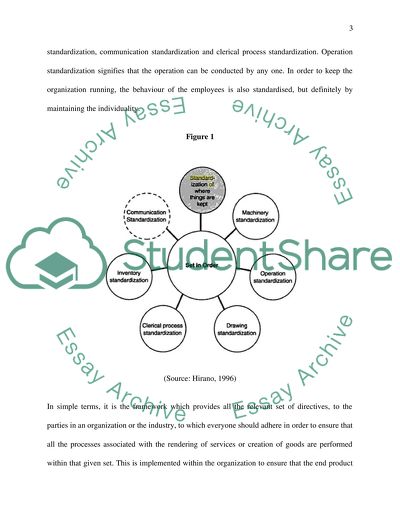Cite this document
(“Standardization and Adaptation Essay Example | Topics and Well Written Essays - 2500 words”, n.d.)
Standardization and Adaptation Essay Example | Topics and Well Written Essays - 2500 words. Retrieved from https://studentshare.org/marketing/1498041-standardization-and-adaptation
Standardization and Adaptation Essay Example | Topics and Well Written Essays - 2500 words. Retrieved from https://studentshare.org/marketing/1498041-standardization-and-adaptation
(Standardization and Adaptation Essay Example | Topics and Well Written Essays - 2500 Words)
Standardization and Adaptation Essay Example | Topics and Well Written Essays - 2500 Words. https://studentshare.org/marketing/1498041-standardization-and-adaptation.
Standardization and Adaptation Essay Example | Topics and Well Written Essays - 2500 Words. https://studentshare.org/marketing/1498041-standardization-and-adaptation.
“Standardization and Adaptation Essay Example | Topics and Well Written Essays - 2500 Words”, n.d. https://studentshare.org/marketing/1498041-standardization-and-adaptation.


